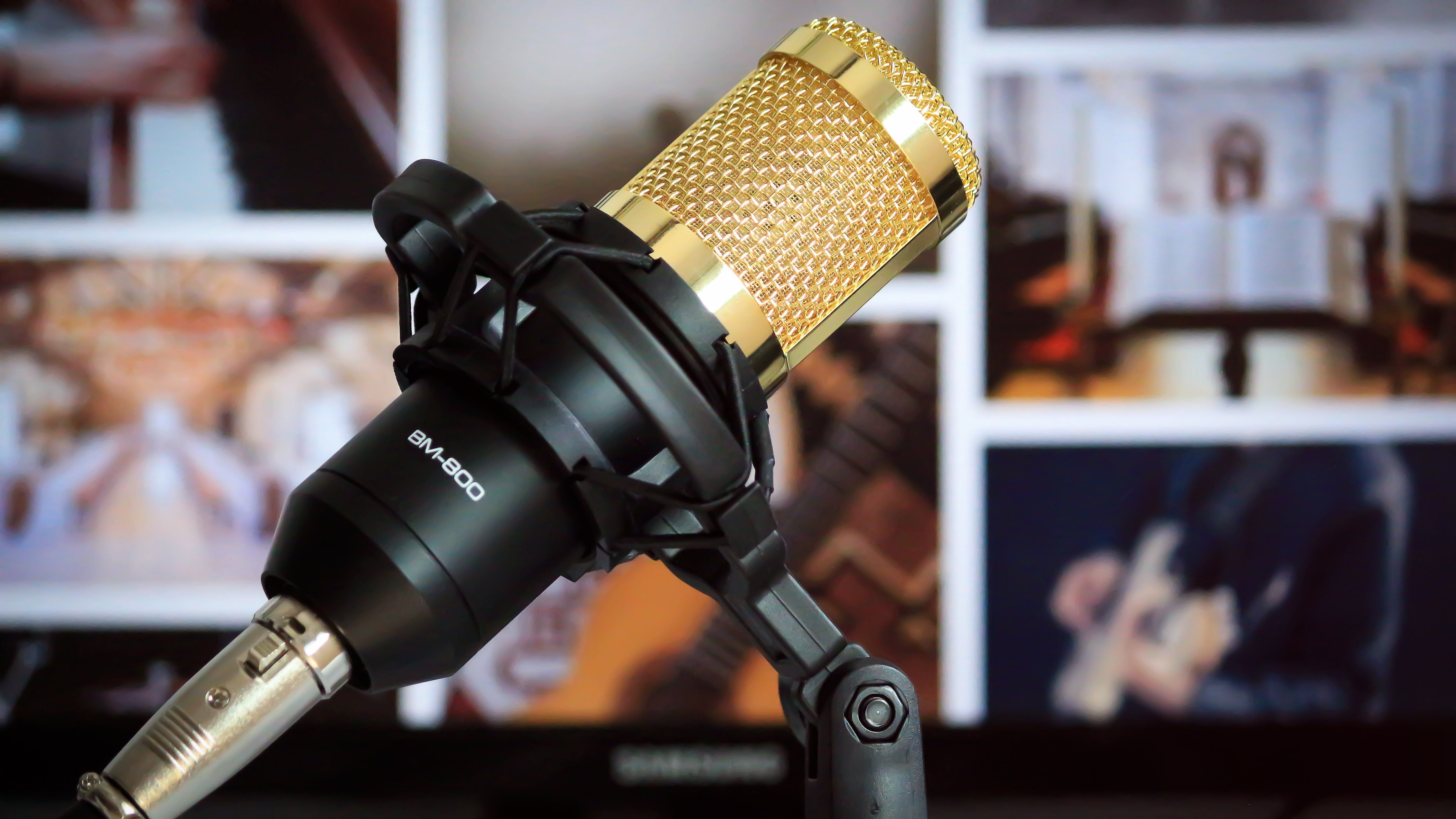Mindfulness Exercises to Boost Your Mind’s Performance

When it comes to entrepreneurship, leaders of small and medium-sized enterprises (SMEs) are at risk of role-related stress and yet, due to the ‘hustle’ mindset that permeates entrepreneurship, no one talks about the very real risk of burn-out and breakdown.
In her Journal of Managerial Issues article, researcher Holly Buttner asked the question: Entrepreneurial stress: is it hazardous to your health? In the paper, Buttner points out that, while entrepreneurship can be highly rewarding, “entrepreneurs must bear the cost of their mistakes while playing a multitude of roles, such as salesperson, recruiter, spokesperson, and negotiator. These simultaneous demands can lead to role overload.”
Speaking to a psychologist friend of mine recently, he suggested that entrepreneurs in Malaysia are some of “the most stressed-out people in work”, not least of all because they tend to carry all the risk. “That’s good news for you,” I replied, “there must be loads of opportunities to train them how to manage their stress effectively.” He said, “You’d think that…but most aren’t interested. They see it as a weakness, something that takes away from their working time.”
I was baffled to hear my friend’s response. How is it that entrepreneurs – people famed for looking at ways to create and maintain their edge – can’t see the obvious downside to running themselves into the ground? How effective can a burned-out businessperson be when their energy, focus and creativity all plummet over the cliff-edge?
To be clear, it isn’t the workload that causes an entrepreneur’s stress. As Buttner found in her study:
“It appears that stress is associated not with the volume of work per se, but with the weightiness of the decisions that entrepreneurs must make and whether they are making the right decision.”
To be unaware of the role that our mental health plays in helping us to succeed is unfortunate; to be unwilling to take steps to ensure good mental health when the pressure is on is to put yourself – and possibly others – at risk of several (avoidable) issues that can arise from not taking care of ourselves.
On LinkedIn, for example, I read often about leaders who ‘get on the treadmill’ in the mornings, or ‘hit the gym’ before important meetings. Clearly, leaders recognise the importance of maintaining good physical health if they want to succeed and thrive.
Read: How to Avoid Burning Out at Work
That said, there’s comparatively little mention of getting enough sleep, meditating, self-reflection, or other ways that help to take care of our mental health. For those who might be unaware of how to take care of their mind, I’d like to offer two exercises, taken from Mindfulness and Emotions – a book I wrote alongside emotions researcher Dr Eugene Tee.
In it, we describe the scientifically-proven benefits of mindfulness, from increased concentration and focus to being able to remain calm when under pressure.
Listed below are two step-by-step activities you can practice for 10 minutes each day to boost your mental health and reap the rewards that come with it. From a business perspective, they can help to reduce excessive worrying, improve decision-making, and inspire creativity as the mind becomes re-energised and centred.
Keep in mind that these exercises offer benefits over time. It’s like going to the gym: once a month is likely to yield little results, but if we exercise regularly, we quickly begin to see and feel the benefits of the effort we put in. Let’s take a look at how we can boost our mind’s performance through these effective mindfulness exercises:
1. Strengthening awareness and focus
Sit on a chair with your back straight (but not rigid) and place your hands in a comfortable position, for example, folded on your lap or facing palm-down on your thighs. Your legs should be comfortable yet stable. Try to avoid crossing them at the ankles, as this might cause some discomfort and distract your meditation. (If you like, you can also sit on a bed, or cross-legged on the floor – the main emphasis here is being in a comfortable position with your back straight.)
When you’re ready, close your eyes and carry out a quick scan of your body: is your back straight? Are you sitting comfortably? Do you need to shift your weight a little from one side to improve balance? Spend the first 30 seconds or so making sure you’re as comfortable as you can be, but don’t be afraid to adjust your position if required.
Once you’re comfortable, take some time to just be in the moment. There’s no rush to jump to the breath or centre the mind… just as you dip your toe into the water to test it, ease into the meditation by feeling the weight of your body on the chair, how your feet feel on the floor, and note any ambient sounds that you can hear.
For the next few minutes, there’s nothing to do, nowhere to go – all you need to do is be with whatever comes into your awareness.
Once you’ve settled into the meditation, it’s at this point you can start to bring your attention to the breath. If you prefer, you can focus on a point where the breath comes in and out, such as the tip of the nose. Otherwise, you can simply observe the feeling of the breath as it comes in and out, without controlling it.
Noticing its natural rhythm, allow the mind to be anchored in that observation, again keeping in mind that there’s nowhere you need to be at this time, no need to worry about the past or the future. You’re just spending a few moments being exactly where you are, and how you are, right now.
You might discover during these moments that the mind likes to drift off, carried away by the tide of thoughts that pop up. Whenever you notice this, just return your mind back to the attention of the breath. There’s no need to get frustrated or even to judge your reaction if you do – it’s natural for the mind to wander and for feelings to arise. Each time you bring it back to the centre, it’s like doing one repetition of a bicep curl or a squat: with each ‘rep’, you’re strengthening your mindfulness over time.
Should you find it difficult to stop the mind from wandering, take three deliberate deep breaths, inhaling and exhaling slowly. This should help calm the wave of thoughts and allow you to carry on with your meditation.
You might also like: Is Work-Related Stress Destroying Our Health?
If focusing on the breath alone is difficult, you can make use of a two-syllable word as a mantra to aid your focus. It can be any word you like. The idea is to mentally repeat the first syllable on the in-breath, followed by the second syllable on the out-breath, maintaining the focus on the breath as before.
As you come to the end of your meditation, it’s good to check in with the body again with a quick scan, noticing how your head, chest, arms, back and legs feel, and noting if there’s any tension. If there is, take a few deep breaths and try to gently relax the area of tension. Don’t try to ‘get rid’ of any sensation, but rather use your deep breathing as a visualisation, as though it’s helping to softly dissolve the tension wherever it exists.
When you’re ready to end the meditation, open your eyes and remain where you are for just a few moments longer. Sometimes, the temptation is there to ‘get on’ to the next thing on your to-do list. By taking a few moments just to sit where you are, the impulse of the ‘monkey mind’ becomes less potent, with practise. It feels good when you decide when you’re going to move, rather than being compelled by an impulse.
2. Developing self-reflection and regulation
Bringing a specific incident or interaction from the past day or week to mind, write down the thoughts and feelings that come to you as you think about it. Whatever presents itself, write it down on a piece of paper. This exercise – which should take a few minutes – will give you an insight into how much your mind evaluates and judges, allowing you to practise stepping into the role of ‘observer’ as you simply note what comes up, rather than getting caught up in your mental states.
The next time you find yourself listening to the news or having a conversation on a topic (e.g. politics), see if you can spot how your mind reacts in real time to points it agrees with, and to disagreeable points. How does it feel when something aligns or contrasts with your views? Do you feel any impulse to react or respond in a particular way? Have you ever, for example, shouted at someone on TV, even though you’re aware they can’t hear you?
Following on from the previous step, whenever you encounter a sentiment or viewpoint that’s different from your own, try to be aware of any impulses and see if you can hold back from immediately reacting. This doesn’t mean that you should agree with views different from your own; the point is to practise spotting impulsive intentions to react and to develop greater control over how you respond.
Over time, this exercise increases your ability to step back and consider your experience and how you will proceed, ultimately reducing your susceptibility to knee-jerk reactions. It’s also a great exercise to bring your biases to the fore.
Check this out: Law of Attraction and Mindfulness
You could even ask yourself, “How can I be sure that my reaction is accurate?” as well as, “Is my reaction useful? Will my response help the situation or make it worse?” This is easier said than done, and so definitely requires some consistent effort carried out over time!
When we think about being non-judgemental, we tend to associate it with how we treat others, to the exclusion of ourselves. But, as is often the case, we can be even more judgemental towards ourselves, which partly explains why we judge others in turn.
When you find yourself reacting to anything, try to begin from a point of accepting the reaction as it is. So, for example, if someone says something critical towards you and you react negatively, you might think, “Oh, I shouldn’t have done that – what an idiot I am!” On the other hand, you might react and then say, “Well, that’s just who I am, so deal with it!”
Non-judging takes the middle road, which is to say that we should avoid being self-critical about how we react, but at the same time recognise in a matter-of-fact way when particular reactions are unhelpful. When we react negatively, we can simply note the reaction, think about its impact and try to be less reactionary the next time around, working towards making steady progress from there.
Did you find the article interesting? Would you like to know more about mindfulness? Check out Necole. Necole is an Artificial Intelligence (AI) powered learning app that that curates personalised learning just for you. Watch this video before you go!
Leadership
Tags: Stress & Trauma, Self Leadership, Self-regulation, Self-Control, Self-Awareness, Understanding Emotions, Emotional Intelligence





